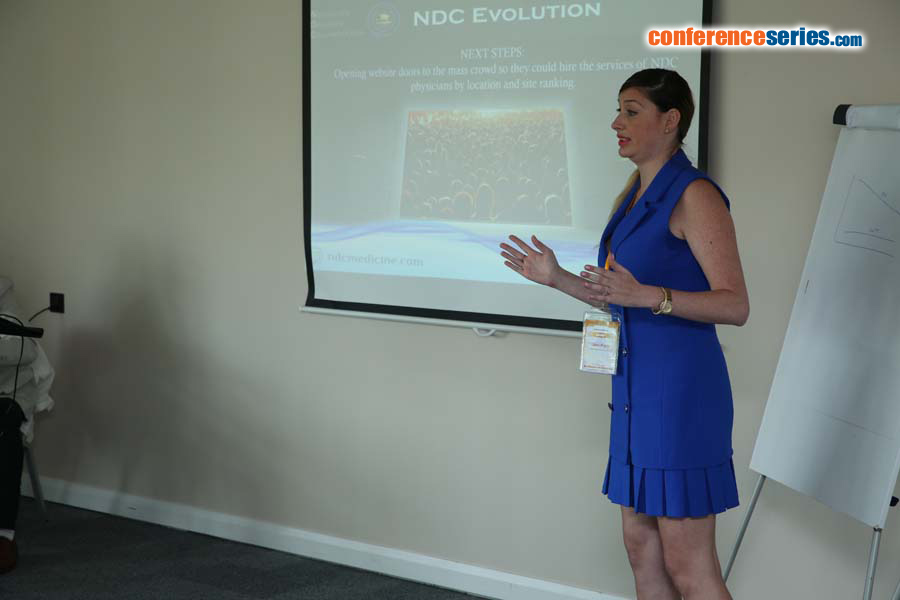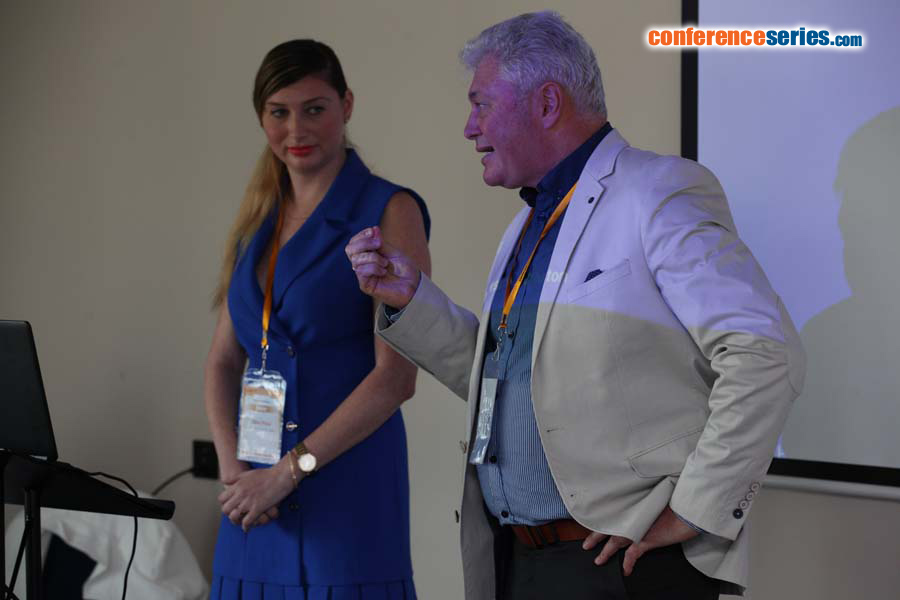
Shmuel Prints
Clalit Health Service
Israel
Title: The diagnostic challenge of rare diseases: lack of knowledge or leaking method?
Biography
Biography: Shmuel Prints
Abstract
Rare diseases usually take an inordinately long time to diagnose (1,2) This delay is traditionally explained by the low suspicion rate of physicians towards rare disorders, and their lack of knowledge of these items (3,4)
I would like to propose that this does not consider the main culprit of clinical diagnostic workup, algorithmic search.
Methodology & Theoretical Orientation:
The classification algorithm is a step-by-step process for exclusion from all possible entities except right. In every step, it considers one feature of the case. Depending on whether this case displays the feature or not, the algorithm dictates the next explored sign. There are multiple algorithms or “classification trees” for the same signs.
The recognition of diagnostic symptoms and signs in current medicine is never exact. Therefore, any classification tree has missed diagnoses.
For ancient medical traditions and newest insurance imperatives, the best algorithm must have minimal mistakes. The result of this approach is a quick and accurate diagnosis of the most frequent and well-known diseases, and neglect of rare clinical entities.
New approaches to medical diagnosis base on machine learning. They traditionally focus on maximizing the recognition rates and suffer from the same defect (5-7)
Conclusion: To better recognize rare diseases, we need to take a different way to their diagnosis in general.







